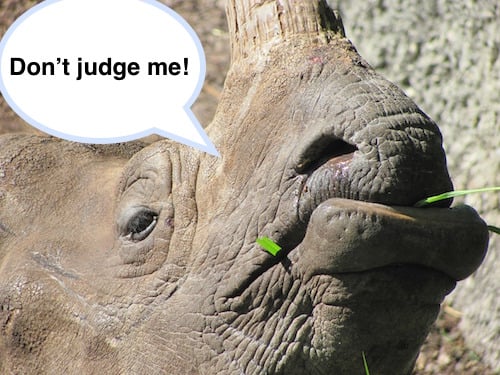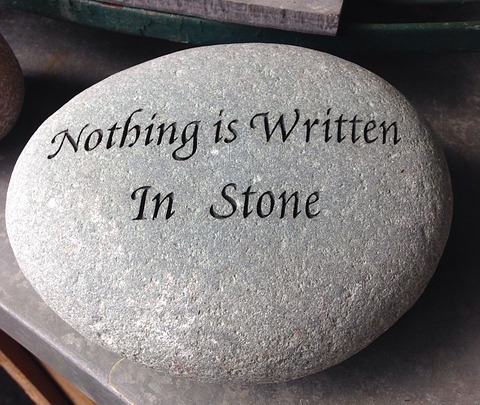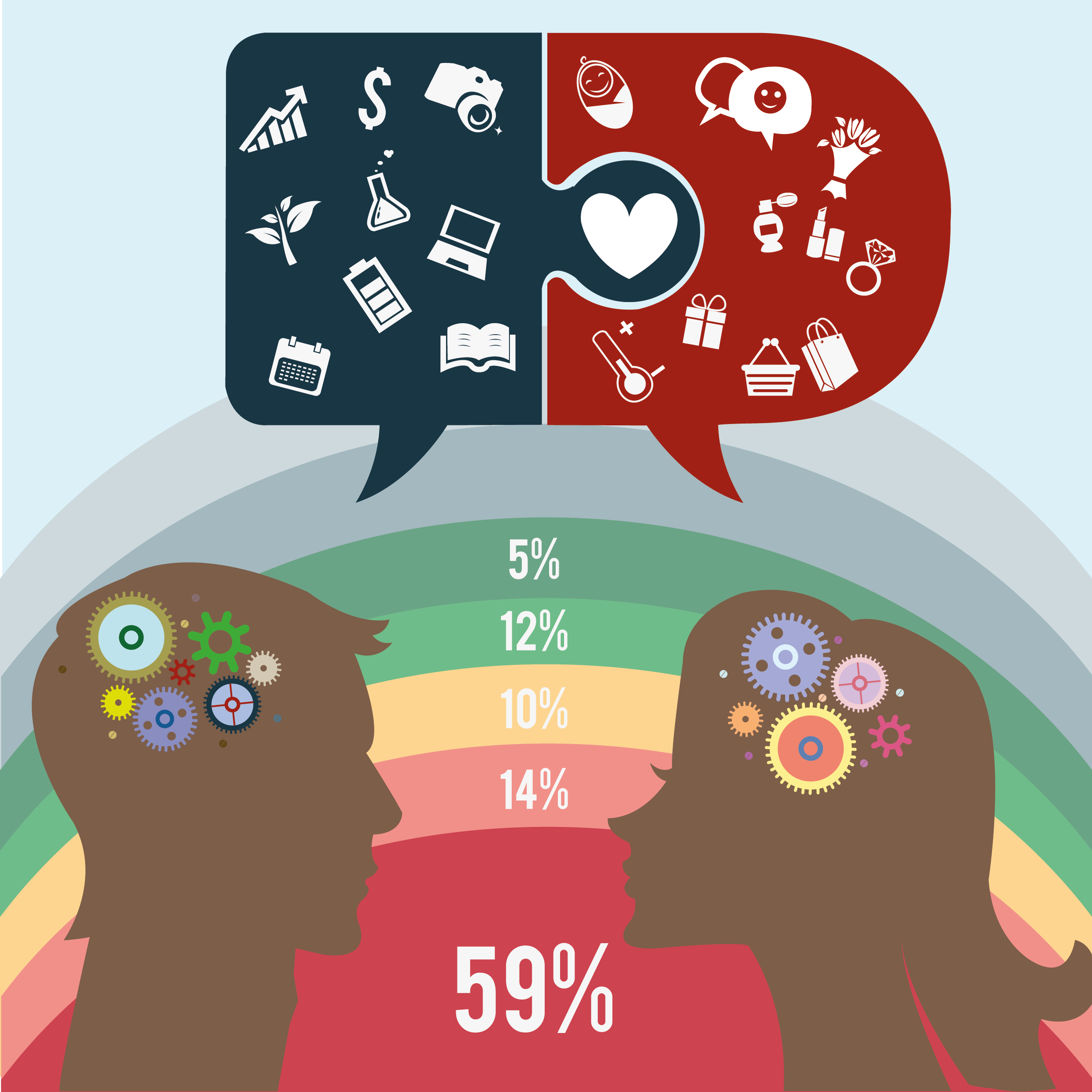My eyes were red and burning as blood slowly ran down my forehead. My cramped and trembling fingers hovered over the keyboard like it was a Ouija board. I closed my eyes and, when I opened them again, the blog post was finished. It was like nothing I had written before.
Okay, so, that didn’t happen. But, with any luck, that beginning has motivated you to read the rest of this blog post. And, therein lies the magic of a hook.
It can be difficult to keep your audience reading–because, let’s face it, most of us have short attention spans. However, a good hook can do just that. It’s the difference between pulling your reader into your writing and losing them to other distractions.
Without an interesting hook, you can lose your reader before the second paragraph.
A good hook is key to nearly every essay you write, but maybe none more so than in the narrative essay. So, let’s take a look at how to start a narrative essay.
What Is a Narrative Essay?
Before you can fully engage in what makes the perfect hook for your narrative essay, let’s make sure you know what a narrative essay is exactly.
A narrative, quite simply, is a story. Unlike other essays in which you may need to argue or prove something, a narrative essay is about telling a story.
Quite often, of course, this will be a story from your life. We all have stories. We tell them often. However, not all of those stories in your brain will make for a good narrative essay.
For example, you may have a really funny story about the time you ate grass as a kid and threw up at school. But, what will the reader take away from the story? Don’t eat grass? Well, we already know that.
Perhaps you also have a story about the first time you cut the lawn. You remember it being fun, exciting. However, the moment your father offered to pay you to do it, it suddenly felt unappealing, like work. Now, this story has potential, featuring a character transformation and a lesson to be learned.
A good narrative essay will be fun to write, interesting to read, and meaningful in some way, among other things.
And it should all start with an awesome hook.
Why Is It Important to Know How to Start a Narrative Essay?
Well, let’s keep this simple, shall we? When we write something, we want people to read what we have written. That goes double for something that is personal, like a narrative essay.
However, if the reader isn’t engaged in your writing, they aren’t going to finish it. Why would they when they could be learning about the Arab Spring through Jurassic Park Gifs?! (*cough* DieBuzzfeed *cough*).
This makes it utterly important that you grab their attention early. While they have the opportunity to learn something incredibly useful from your stellar narrative, the vortex of technological distractions can blend their brains into a fine purée.
So, please, start your essay off on an interesting foot. Please. Think of the children.
A good hook sentence grabs your audience and refuses to let go. It sets the tone for the rest of your story. It gets under your reader’s skin right from the beginning and starts to stir those feelings that your narrative essay intends to address.
16 Awesome Hooks to Start a Narrative Essay
There are myriad ways in which you can formulate your hook sentence. This is not meant to be an exhaustive list, because, well, writing doesn’t always fit into a mold. It involves being bold and striking out on your own and trusting your gut, even if your writing doesn’t fit neatly into a category.
However, having said that, there are some tried-and-true methods for hooking a reader. Here are few of the most common types of hooks, along with some awesome examples:
Use a Quote as a Narrative Hook
Quote from Literature
Is there a piece of literature that influenced you or relates directly to your story? Use a quote from it to eloquently connect your reader to your narrative.
- I had felt so alone for so long, wondering why I was different, why I couldn’t be normal, when I read Kurt Vonnegut’s Player Piano for the first time: “I want to stay as close to the edge as I can without going over. Out on the edge you see all kinds of things you can’t see from the center.” That was it.
- I was alone in my room reading On the Road in which Jack Kerouac wrote, “A pain stabbed my heart, as it did every time I saw a girl I loved who was going the opposite direction in this too-big world.” I was immediately transported back to that heavy summer day at Penn Station, July 23, 2010.
Quote from a Famous Person
Has a famous person inspired you in some way? The good news is that your reader probably knows the person too, you know, because of the whole famous thing. Tap into that connection.
- Christopher McCandless once said, “The joy of life comes from our encounters with new experiences and hence there is no greater joy than to have an endlessly changing horizon, for each day to have a new and different sun.” It was in this spirit that I packed a small bag and left home at the age of 18.
- As Socrates waited for his execution, he practiced a tune on his flute. When asked what was the use, he replied, “To know this tune before dying.” I can’t explain my own motivations any better. I just need to know.
Use an Anecdote as a Narrative Hook
No matter whether it’s funny or moving, starting your essay, right off the bat, with an intriguing anecdote from your story can be a great way to raise questions in your reader that keep them reading until the end. Authors do this all of the time.
- One day, when I was ten years old, my father woke me for school. We had cereal together in the kitchen. He asked if I’d brushed my teeth. He walked me to the bus stop and told me to have a good day. It was a completely normal morning, which is what really gets me, because it was the last time I ever saw him.
- The children talked about me, as they tended to do, not knowing that I could understand what they were saying. “Look at his eyes and his nose. So weird.” The life of an American in China is somewhat akin to an animal in a zoo, I suppose.
Use a Question as a Narrative Hook
If you have more of a direct style, instead of writing an anecdote meant to stir up questions in your reader, you may choose to just present them with a question. Again, the search for the answer can keep the pages turning.
- They assured me that my choice would change nothing. But, how could it not? Could you sit down at sixteen years old and choose between your father and your mother, knowing the other will be devastated?
- You just won the lottery. We’ve all imagined this scenario from time to time. What would you buy? Where would you go? What would change? Well, what if I told you that you didn’t need to win the lottery at all? Would you believe me?
Use a Shocking Statement as a Narrative Hook
If you want to be even more direct, try bypassing the questions and simply hitting your reader with the answer. Now, obviously, no one likes to be told what to think, so the idea is to feed the reader a bit of a shocking statement that motivates them to find out how you arrived at it.
- Nothing you learn in the first seventeen years of your life means a thing. This was crystal clear the day I turned eighteen.
- There is no such thing as free will. If it existed, I would have had a say in when, where, and to whom I was born.
Use an Interesting Fact as a Narrative Hook
The idea here is to present your reader with a fact that they are unaware of. Obviously, since we are talking about narrative essays, this will somehow have to relate to you personally. If executed correctly, it will add another layer to your story, putting it into perspective for the reader.
- Every cell in the human body is replaced over the course of about seven years. That means, not one part of me from that April day ten years ago is still with me today.
- Right now, as you read this, you are flying through space at a speed of 67,000 mph. There have been times in my life when I swear I could feel it.
Use Setting as a Narrative Hook
A narrative essay is not only about getting your message across. You must pull your reader into the story. You can do this by clearly describing your setting so your reader can envision it; once in, it will be difficult for them to get out.
- As he pounded on the door, the room shook. I knew it would open eventually, and nothing would be the same, but I wasn’t watching the door. I couldn’t take my eyes off the Little League trophy that was slowly moving closer and closer to the edge of my shelf.
- There was an old water tower in my hometown that I’d climb from time to time. I’d sit dangling my feet off the edge, picking at the flaking turquoise paint, and watching the cars carry those lucky people down that road, towards the setting sun, far away from me.
Use a Statistic as a Narrative Hook
How can statistics relate to a narrative essay? Well, that depends on your story, but they can help the reader understand where you’ve been or where you’re going.
- Twenty-five percent of anorexia and bulimia sufferers are men, so why did I feel so alone?
- The average American consumes 77.1 liters of beer per year in the United States. Then again, my father wasn’t average.
As alluded to before, this isn’t a complete list. However, with any luck, these examples have helped inspire you to understand how to start a narrative essay with a great hook.
If you still feel unsure about your hook, or your narrative essay in general, send it over to the dedicated editors at Kibin. They will give you honest, constructive feedback on how hooked they felt after reading your introduction.
Until then, explore the rest of the Kibin blog for stimulating content that nurtures the mind instead of turning it into mush.






